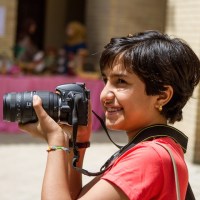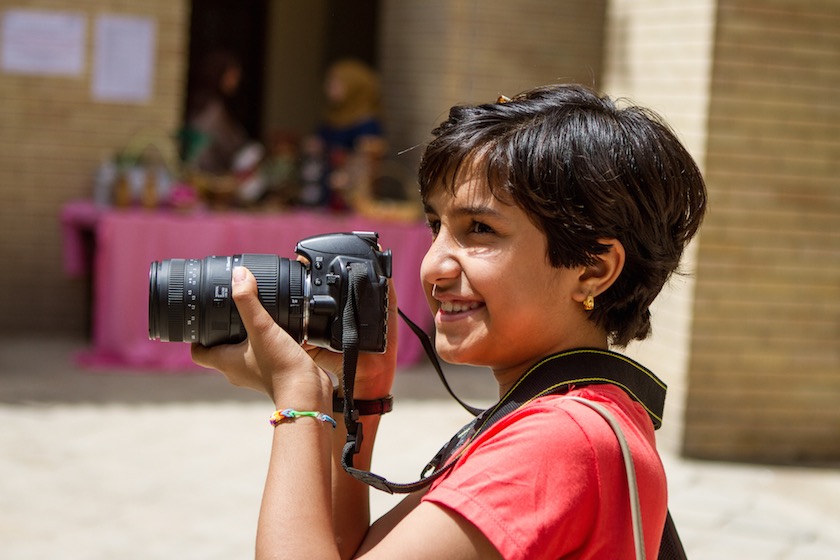The defining image from last week’s attack in Brussels showed an injured flight attendant, Nidhi Chaphekar, in a state of shock, clothes torn and blood trickling down her face. In response, many people voiced concern over the way victims of violence are portrayed in the media—and sometimes by organizations working to meet their needs.
Our senior field editor, Matt Willingham, has spent several years photographing people affected by conflict. In this piece, he reflects on the importance of honoring the dignity of those whose images we share.
On a recent trip to Baghdad, a mustachioed, elderly man tipped tea into his mouth, set the glass down, and jabbed a finger at the camera in my lap.
“To Iraqis, this is no different than a Kalashnikov rifle. We fear cameras. To us, they are weapons.”
I stared at the camera for a few seconds and asked him to repeat what he’d said. Maybe I’d misunderstood him?
The man gripped his tea glass and said it again, a little louder. “This is like a gun to us—it’s dangerous!”
After years of taking photos in Iraq, it isn’t a surprise to hear an Iraqi say they’re uncomfortable being photographed. But I’ve never heard anyone be so blunt about it. Others in the room watched and fidgeted nervously.
I asked the man if he thought photography could be used to help people, or only to hurt. He didn’t respond immediately, still frowning at the camera and sipping his tea.

We live in an age of the quick, shared-and-forgotten selfie.
By year 2000, about 86 billion photos were being taken a year. Today, we humans take more than 380 billion photos a year. Every two minutes, we take more pictures than the whole of humanity in the 1800s, and roughly 10% of photos ever taken were shot in the past 12 months! (Source: BuzzFeed)
With that many images flying around, we run the risk of forgetting a simple truth:
Photos are powerful.
Photos can be dangerous.
For many Iraqis who lived under Saddam Hussein’s regime, a quiet photo taken after curfew could mean prison, interrogation, and torture. For many in Libya, a seemingly friendly cell phone picture could be used as intel for the opposition—as a way to sell you out. A simple video clip could ruin a reputation, betray a tactical position, or result in a loved one being kidnapped.
The fear this creates doesn’t just go away one day. For many, these scars—the memory of what photography can be—will always show. Saddam may be gone, but he left his mark on the psyche of the Iraqi people. As different groups—ISIS, the United States, Iran, Saudi Arabia, and others—all continue to assert their influence in the region, photographic intel remains central.
In this part of the world, life and work can be extremely dangerous for journalists—especially a local journalist without a western passport and a security detail to protect them. The price many pay to share stories is imprisonment, torture, and death. Our staff have personal friends who have paid the ultimate price to share what is happening.
“We fear cameras. To us, they are weapons.”
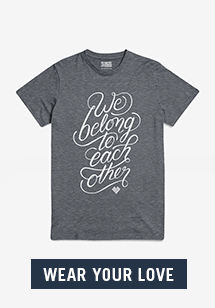
I’ve lost count of the times I’ve been stopped at checkpoints because of my camera gear, often having to argue about whether or not my lens is “telephoto.” (Apparently only spies use telephoto.) I once had an angry crowd of protestors grab me, attempting to pry the camera from my hands, shouting “DELETE! DELETE! DELETE!” in my ears until I showed them a screen with no photo. (I hadn’t deleted anything.)
Mistrust and fear of images has only grown in the age of Photoshop. What is believable? What really happened?
Cameras—these tools meant to freeze truth in time—become liars, just one more way the world conspires against you in your battle to survive. Can a photo ever be unbiased? Can an image ever really tell the truth?
We’ll save these questions for another time—or maybe for the art theorists.
But for the artists on our staff, who work to share stories of hope in places of conflict, two of the most important questions we ask are these:
What best honors and respects the people we seek to love?
At what point have we stolen a photo of someone rather than made a photo with them?
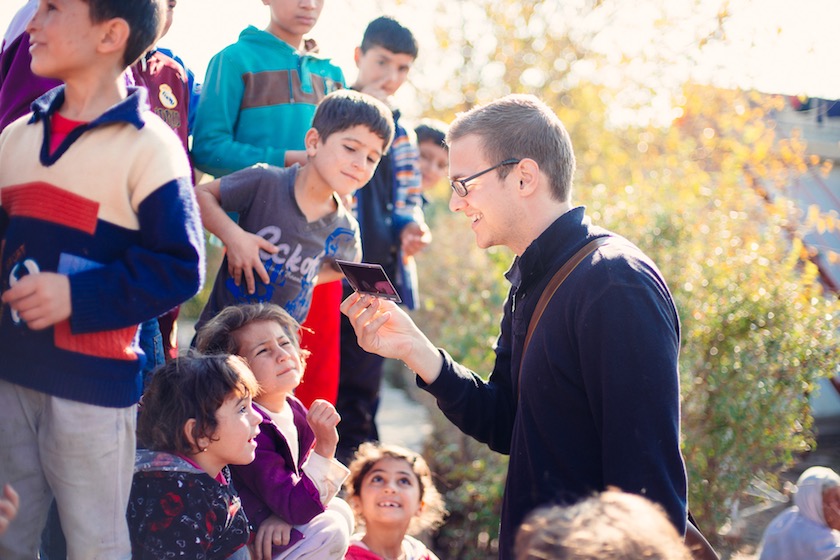
As Susan Sontag, author of On Photography, put it, photography can participate in a violence that “turns people into objects that can be symbolically possessed.” Photos can objectify people, making them into a product to be handled and consumed.
We often do this unintentionally, both abroad and at home. Snapshots of homeless people, tribal people, and refugees are interesting. They are more likely to get the shares and likes we want. But did these images offer anything to their subjects?
Friends, what good is our work serving families if we disregard their dignity in the process? ISIS stole the homes of Iraqi Christians in Mosul. They stole the livelihood and dignity of countless Muslims. They stole away thousands of Yazidi women and children as slaves. We must not contribute further to the oppression of these groups by stealing images of them for our own gain.
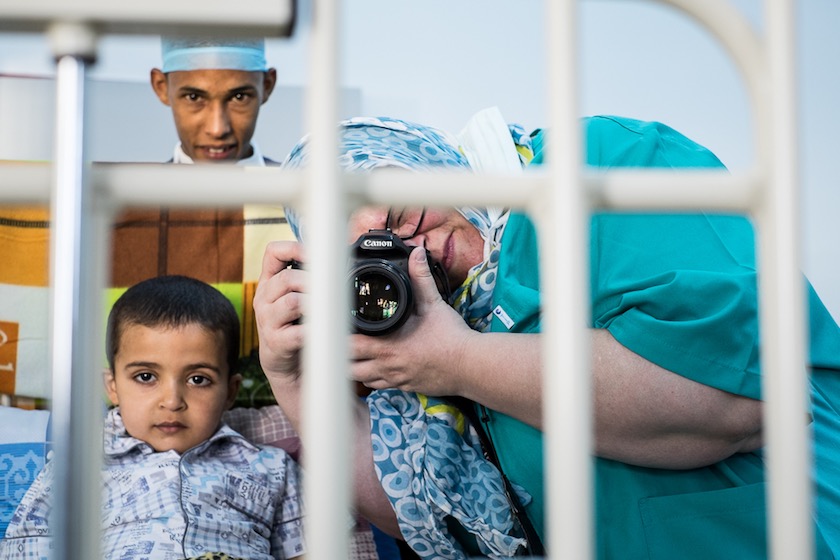
The good news is, images don’t have to be stolen. We can make something together that is dignifying. The key is relationship and respect.
The longer we live in Iraq and build friendships across the Middle East, the more we are able to lean in and listen. Each glass of tea shared, each new Arabic word learned, each photo we choose not to take—that’s the hard work of gaining trust!

On another recent trip to Baghdad, I sat down with a woman named Fadeela. You could see joy all over her face: Fadeela was brimming with pride over her business and how successful she’d become. She shared so passionately, I barely had time to set up the tripod as the words poured out of her. She grabbed the mic and attached it to her scarf, sharing and waving her arms. We barely asked any questions, she was so excited!
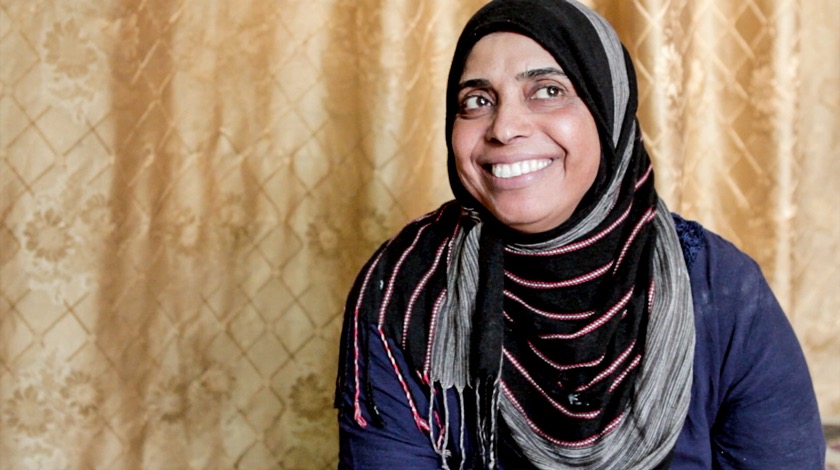
We made something with Fadeela that day. As we left, she wanted to make sure we shared her story: “You are welcome to share this on Facebook, and please help more women like me,” she said.
There’s no doubt cameras are powerful, and all the more reason for us to use them! The question is, will we steal images of people or make photos with them?
The latter is a harder way that requires more of us. But the world-remaking way always does.

